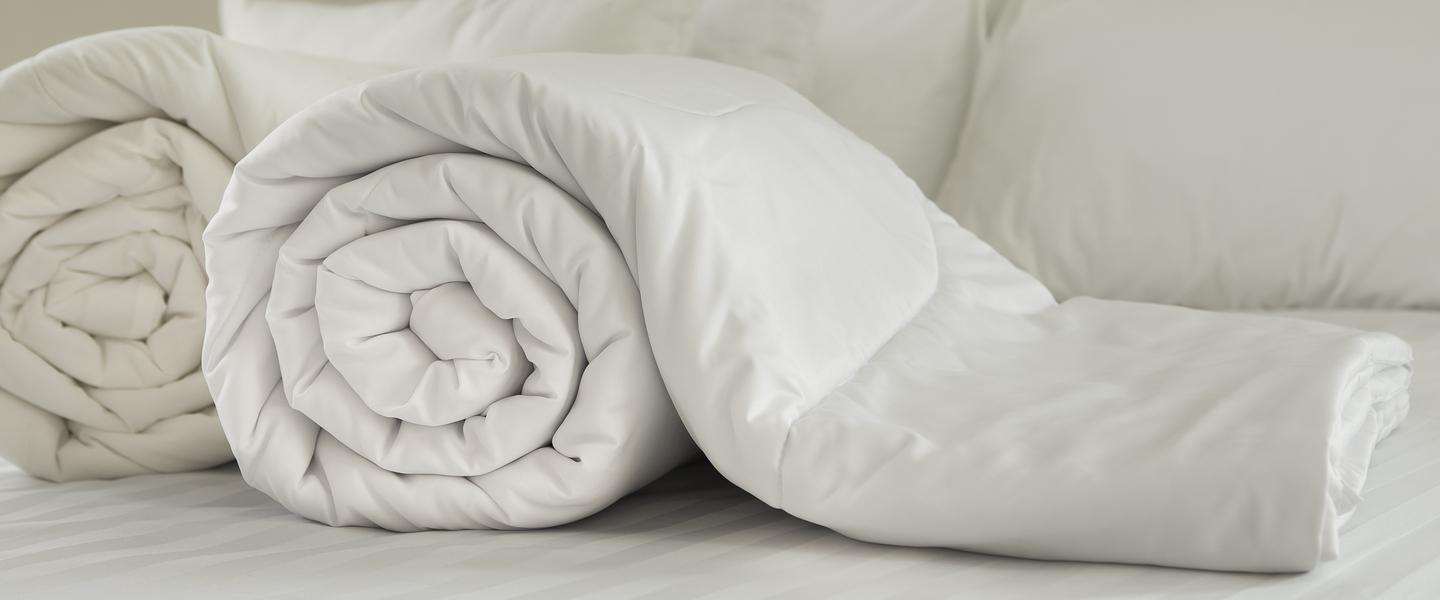The Difference Between Feather and Down Duvets?
Feather duvets help you sleep well every night by keeping you very comfortable and warm. The most sought-after version of a feather duvet is a down duvet, a specific kind of feather duvet that only uses down feathers which are fluffier and lighter.
At Sleepseeker, we’ve put together a guide on the differences between feather and down duvets, making it easier for you to choose the perfect duvet.
What is a feather duvet?
Feather duvets are flatter and heavier covers filled with the outer feathers of fouls like duck and geese. These feathers usually still have quills which are the more prominent feathers you see on birds. These duvets are great at keeping in heat, but they can also be heavy and flat.
Pros of feather duvets
- Less expensive - Feather duvets are a much cheaper option if you want an extremely warm duvet. The price can be a considerable advantage, especially if you're not 100% sure you want a feather or down duvet and want to try one out first.
- Heavier and denser - The feathers are also heavier and denser, making them an excellent choice for those who like weighted blankets. The weight may not be an advantage for everyone, but if you like sleeping with a blanket that adds a little weight to your slumber, feather duvets are the way to go.
- Very warm - Feather will keep your body heat in and warm you all night long. Sometimes they can become too warm, but feather duvets are a must-have if you get cold at night.
Cons of feather duvets
- Feathers can poke you - Though a feather duvet can be great, they aren't without their downsides. One of the biggest complaints about feather blankets is that the feather spines can poke through the fabric, causing a little tickling.
- Not as fluffy as down - These duvets tend to be much flatter than the down options, so they don't fluff up as nicely. The flatness isn't a problem when they are on top of you, but if you make your bed with them, they aren't as comfortable lying down at night.
- Doesn't breathe as well - One of the main problems with feather duvets is that they don't breathe as well as down ones. You can get sweaty in them, which may cause you to have to take them on and off more often. It can lead to restless nights if the weather isn't quite cold enough.
What is a down duvet?
A down duvet is the top-of-the-line feather duvet. They use the insulating level of feathers from fowl to fill the blankets. Down is much smaller, lighter, and fluffier than the outer feathers.
Down's primary purpose is insulation, making it an excellent material for maintaining heat. The feathers have no quills, so they are less likely to poke than traditional feathers.
Pros of down duvets
- Lightweight and fluffy - People love down duvets for their ability to keep people warm. They hold heat in and allow air to circulate, so you don't get covered in sweat while sleeping. This breathability enables you to stay under the cover, even if it's not quite as cold as you expected.
- Very breathable - If you don't like weight when you sleep and prefer to be freer to move around at night, down duvets are much lighter than feather duvets. You will be able to quickly and easily move it at night when you want to readjust and find a more comfortable sleeping position.
- Extraordinary warm - In many ways, down is a top material for duvets. You get a great combination of features that leads to one of the most comfortable nights of sleep you can get.
Cons of down duvets
- More expensive - One of the most significant problems with down is that it is much more expensive than feathers. This price increase comes from the difficulty of harvesting it from the animals and how little down can come from a bird. The extra price can make it prohibitive for fans of feather duvets.
- Easily bunches up - The down can also bunch up, which can be a problem when you are sleeping. If you don't fluff it every once in a while, all the down can leave areas of the duvet, making it less comfortable and warm than other spots.
- Down might leak - Down is also a much finer feather, which means that if your duvet gets even a tiny opening around the stitching or a small hole in the fabric, it can start leaking feathers. Though this can happen with all feather duvets, downs tiny size makes it a more common occurrence.
Duck vs. goose filled duvets
You can usually pick from duck or goose-filled duvets for both feather and down options. Duck down tends to be smaller and is less thick, so it is also less fluffy. Goose down tends to be a much larger option, and is thicker and softer for filling blankets.
One of the most significant differences between the two types of down is in the smell. Goose down seldom, if ever, has issues with smell, where duck down can often have a strange odour that gets worse with time.
Goose down also tends to have fewer allergens, which can be very helpful if you are prone to having issues with those. When it comes to picking which fowl to use for your duvet's down, the goose tends to be the top choice. Goose duvets last longer and feel better.
Choose the best duvet for you
There are many reasons why some people like both styles of duvets. They are both incredibly warm, so if you don't like getting cold at night, you really can't go wrong with either.
At Sleepseeker we have several luxurious duvets, pillows and mattress toppers for you to pick from. For more guidance on duck vs goose duvets, which duvet filling is right for you, or how to wash a feather duvet, get in contact with our team.
You can also read our guide on down vs feather pillows to see if these pillows are right for you.
What's trending now...
-
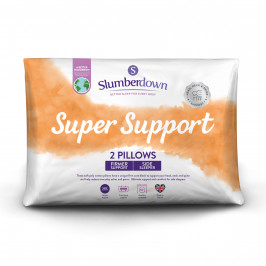
Slumberdown Super Support Firm Support Side Sleeper Pillow, 2 Pack
£17.00
Shop Now -
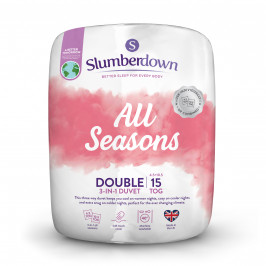
Slumberdown All Seasons Combi 15 Tog (10.5 + 4.5 Tog) Double Duvet
£30.50
Shop Now -
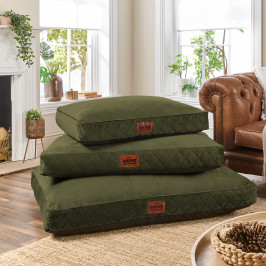
Slumberdown Paws for Slumber Olive Green Pet bed, Medium
£39.00
Shop Now -
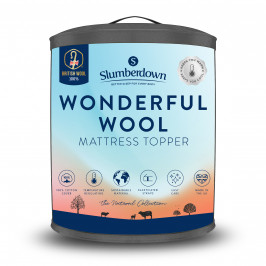
Slumberdown Wonderful Wool Mattress Topper
From: £54.50
Shop Now -
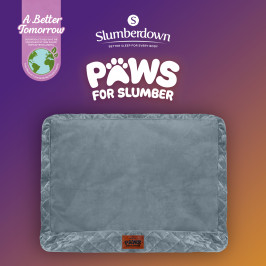
Slumberdown Paws for Slumber Extra Large Pet Bed Spare Cover, Grey
£20.00
Shop Now -
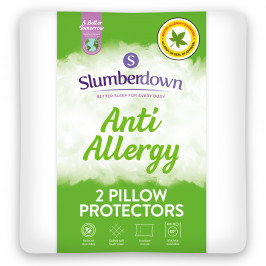
Slumberdown Anti Allergy Pillow Protector - Pack of 2
£15.50
Shop Now -
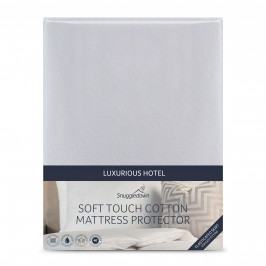
Snuggledown Luxurious Hotel Cotton Waterproof Mattress Protector, Double
£23.50
Shop Now -
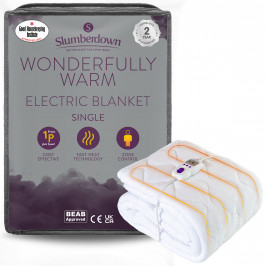
Slumberdown Wonderfully Warm Electric Blanket - Single
£60.00
Shop Now -
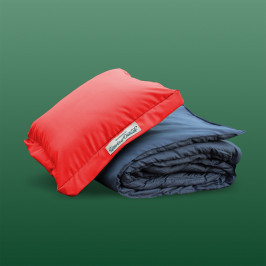
Slumberdown Unwind Outside 2-in-1 Waterproof Cocoon Set, Burnt Orange
£30.00
Shop Now -
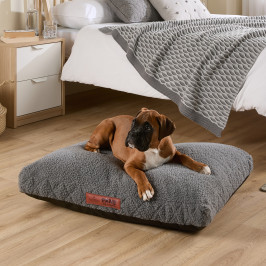
Slumberdown Paws For Slumber Sherpa Pet Bed, Medium
From: £25.00
Shop Now -
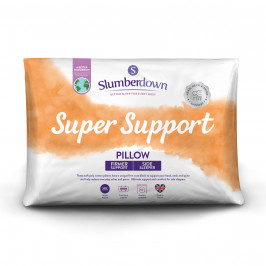
Slumberdown Super Support Firm Support Side Sleeper Pillow
From: £17.00
Shop Now -
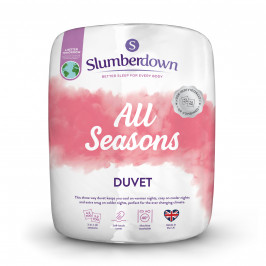
Slumberdown All Seasons Combi Duvet
From: £25.50
Shop Now -

Slumberdown Paws for Slumber Medium Pet Bed
From: £39.00
Shop Now -
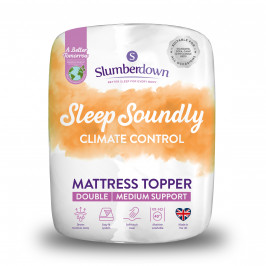
Slumberdown Sleep Soundly Climate Control Mattress Topper, Double
£33.50
Shop Now -
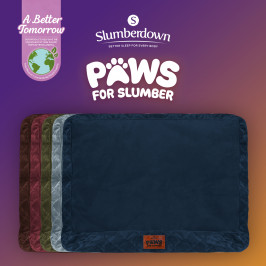
Slumberdown Paws for Slumber Extra Large Pet Bed Spare Cover
From: £20.00
Shop Now -
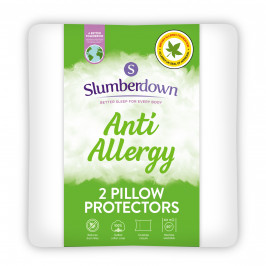
Slumberdown Anti Allergy Pillow Protector
From: £15.50
Shop Now -
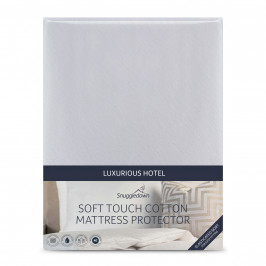
Snuggledown Luxurious Hotel Cotton Waterproof Mattress Protector
From: £19.50
Shop Now -
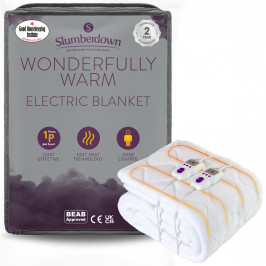
Slumberdown Wonderfully Warm Electric Blanket
From: £60.00
Shop Now -
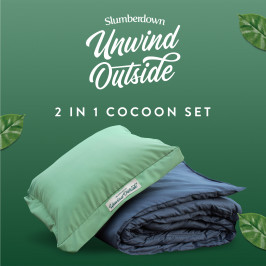
Slumberdown Unwind Outside 2-in-1 Waterproof Cocoon Set
From: £30.00
Shop Now -
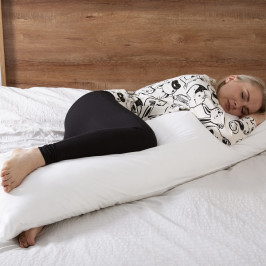
Slumberdown Body Support Pillow, 1 Pack, Includes 100% Cotton Pillow Case
£20.00
Shop Now -
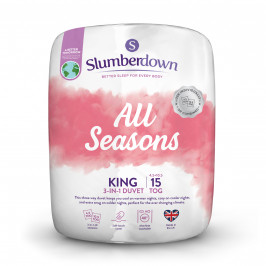
Slumberdown All Seasons Combi 15 Tog (10.5 + 4.5 Tog) King Size Duvet
£34.00
Shop Now


